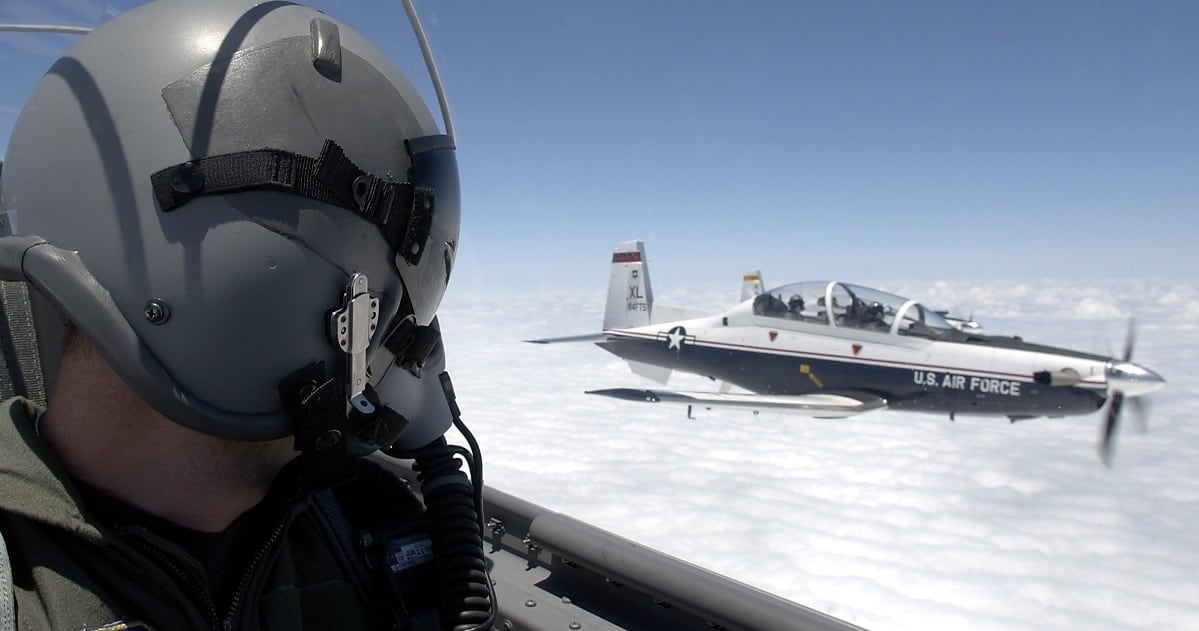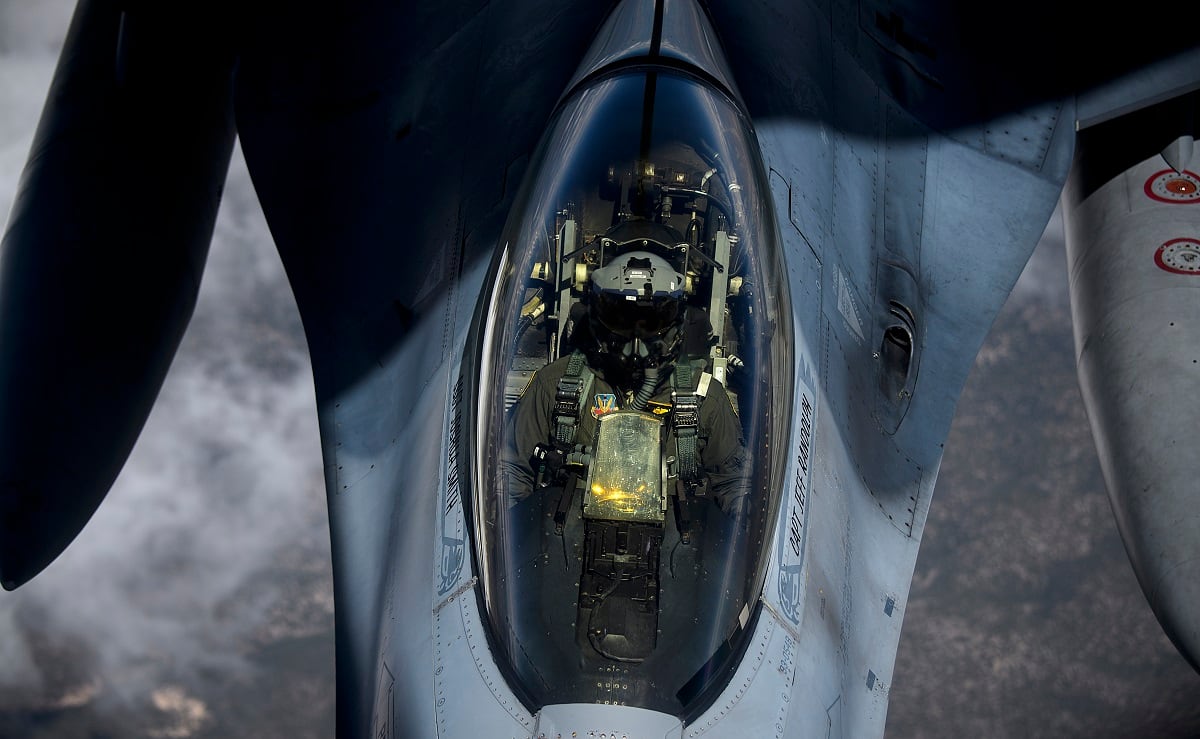Several years into a major effort to fix an alarming shortage of pilots, the Air Force has little to show for it.
Air Force officials told lawmakers on the House Armed Services subcommittee on readiness Tuesday that at the end of fiscal 2019, the service was short 2,100 pilots — 10 percent of the 21,000 pilots it needs to execute the National Defense Strategy.
Top Air Force leaders have said since at least 2017 that they were facing a roughly 2,000-pilot shortfall, indicating the situation has not improved — and in fact, may have gotten a little worse.
The Air Force in 2016 began increasingly discussing the problem of pilot retention and it’s difficulty in holding on to skilled pilots in the face of a major hiring wave by deep-pocketed commercial airlines. Pilot training also has not been producing enough new pilots to keep up with the Air Force’s needs.
In November 2017, former Secretary Heather Wilson warned that the shortfall had swelled from 1,500 pilots to 2,000, and was a long-term threat that had the potential to “break the force.”
In written testimony Tuesday from acting Undersecretary of the Air Force Shon Manasco, Vice Chief of Staff Gen. Seve Wilson, and Space Force Vice Commander Lt. Gen. David Thompson, the service said that with pilots in short supply around the world, and expected to grow increasingly in-demand, “recruiting, developing and retaining aviators remains a significant challenge.”
Increasing production of new aviators is the best tool the Air Force has to stop this shortfall, the officials said.
RELATED

But problems remain there as well. The Air Force said last month it will miss its goal of producing 1,480 pilots this year, and now expects to train about 1,300 pilots in fiscal 2020.
The Air Force said in February that it hopes to produce at least 1,480 pilots annually beginning next year. But officials told lawmakers at the hearing that, “We continue to make progress toward growing pilot production to 1,480 aviators per year by" fiscal 2024, suggesting that it may be another few years before the Air Force hits that mark.
Wilson told lawmakers that the Air Force has seen a roughly 30 percent increase in the number of pilots it produces since 2015, when it graduated about 1,000 pilots. And he pointed to the Air Force’s innovative Pilot Training Next program, which uses virtual reality, biometrics and artificial intelligence technology to create cutting-edge flight simulations and improve how aspiring pilots learn.
RELATED

The Air Force last month said several longstanding factors, including a lack of available aircraft and civilian flight simulator instructors, are still hampering pilot production.
In a June 2018 interview, Chief of Staff Gen. Dave Goldfein said there would never be a single “silver bullet” that solves the problem. But the Air Force rolled out a series of efforts to attack the problem from several angles. This included dramatically increasing the size of retention bonuses, recruiting and training more pilots, bringing back retired pilots, trying to convince experienced pilots to stay longer, and improving pilots’ quality of life so they’re happier and want to stay.
In written testimony, the officials said the proposed 2021 budget includes several provisions to improve pilot production, including $9 billion to fund 1.2 million flying hours across the Air Force, $275.7 million for the T-7A Red Hawk advanced jet trainer program, and $222.4 million for contractors to serve as adversaries in pilot training, as well as another $27.6 million to expand the Pilot Training Next program across the entire undergraduate pilot training program.
And the Air Force remains worried about its ability to hold on to seasoned pilots, who are “inspired to serve, but are nevertheless stressed by nearly two decades of sustained combat," officials said in their written testimony. If the operational demands made on the Air Force continue to exceed what its already-stressed force can handle, the Air Force’s ability to retain those pilots remains at risk, they said.
To help retain pilots, the Air Force asked Congress to fund quality of life efforts such as retention bonuses, high-quality education for dependents, and more employment opportunities for spouses.
Stephen Losey is the air warfare reporter for Defense News. He previously covered leadership and personnel issues at Air Force Times, and the Pentagon, special operations and air warfare at Military.com. He has traveled to the Middle East to cover U.S. Air Force operations.




